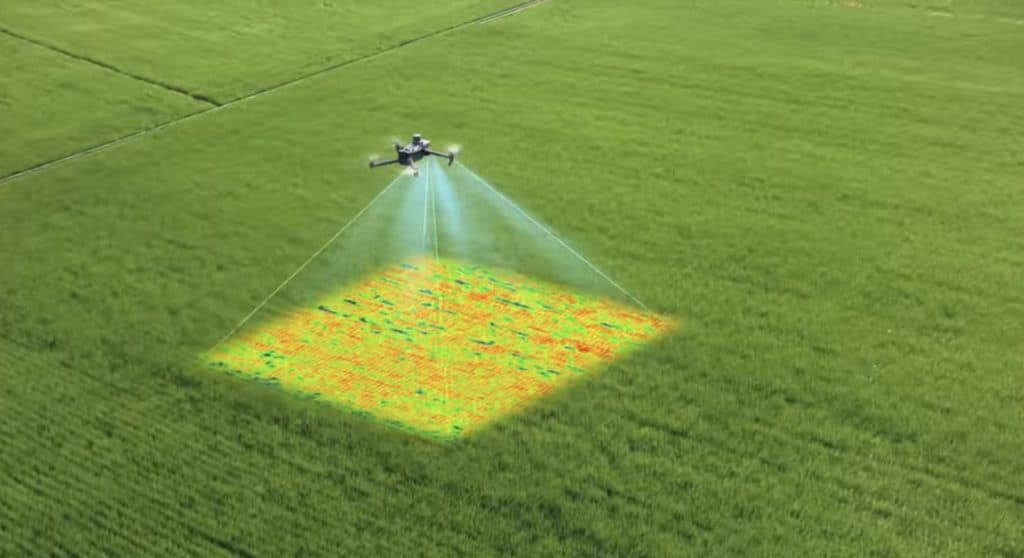Professional services
Diversity Services
Multispectral imaging and drone spraying with variable application rates can significantly reduce chemical costs in agriculture while promoting more sustainable farming practices. Here’s how the process works:
-
Data Collection:
-
Multispectral Imaging: Multispectral imaging technology captures data at different wavelengths across the electromagnetic spectrum, including both visible and non-visible light (such as infrared). When mounted on drones, this technology can capture detailed images that reflect the health and condition of crops over vast areas of land.
-
-
Analysis and Insight:
-
Vegetation Indices: The data collected through multispectral imaging can be processed to generate vegetation indices like NDVI (Normalized Difference Vegetation Index), which indicate the health, stress, and nutrient levels of crops.
-
Precision Agriculture Software: Precision agriculture software can analyze the multispectral data to identify areas of a field that are thriving and areas that are struggling. The software can further determine the specific needs of different zones within a field regarding water, fertilizers, pesticides, or herbicides.
-
-
Variable Rate Technology (VRT):
-
Prescription Maps: Utilizing the insights from the analysis, prescription maps are generated that instruct drones or other application machinery on where, when, and how much of a specific chemical or resource to apply.
-
Variable Rate Application: Variable rate technology allows for the precise application of chemicals based on the prescription maps, ensuring that each part of the field receives the exact amount of inputs it needs. This contrasts with traditional blanket applications that apply chemicals uniformly across a field, regardless of the varying needs of different zones.
-
-
Drone Spraying:
-
Precision Spraying: Drones equipped with spraying systems and guided by the prescription maps can apply chemicals with a high degree of accuracy. They can access difficult-to-reach areas and apply chemicals only where needed, reducing the overall amount of chemicals required.
-
-
Cost Savings and Sustainability:
-
Reduced Chemical Usage: By only applying chemicals where and when they are needed, farmers can significantly reduce their chemical usage. This leads to cost savings on chemicals, and may also result in lower labor and fuel costs compared to traditional methods.
-
Environmental Impact: Reduced chemical usage also minimizes the environmental impact of farming, including the pollution of local waterways and the harm to non-target organisms.
-
-
Monitoring and Adjustment:
-
Ongoing Monitoring: Multispectral imaging and drone technology can also be used for ongoing monitoring to assess the effectiveness of the interventions and make necessary adjustments in real-time.
-
Together, these technologies enable a more efficient, cost-effective, and environmentally friendly approach to managing agricultural inputs.
Contact Diversity Services


